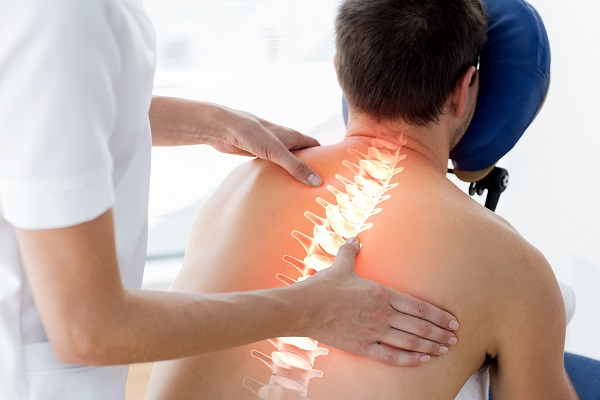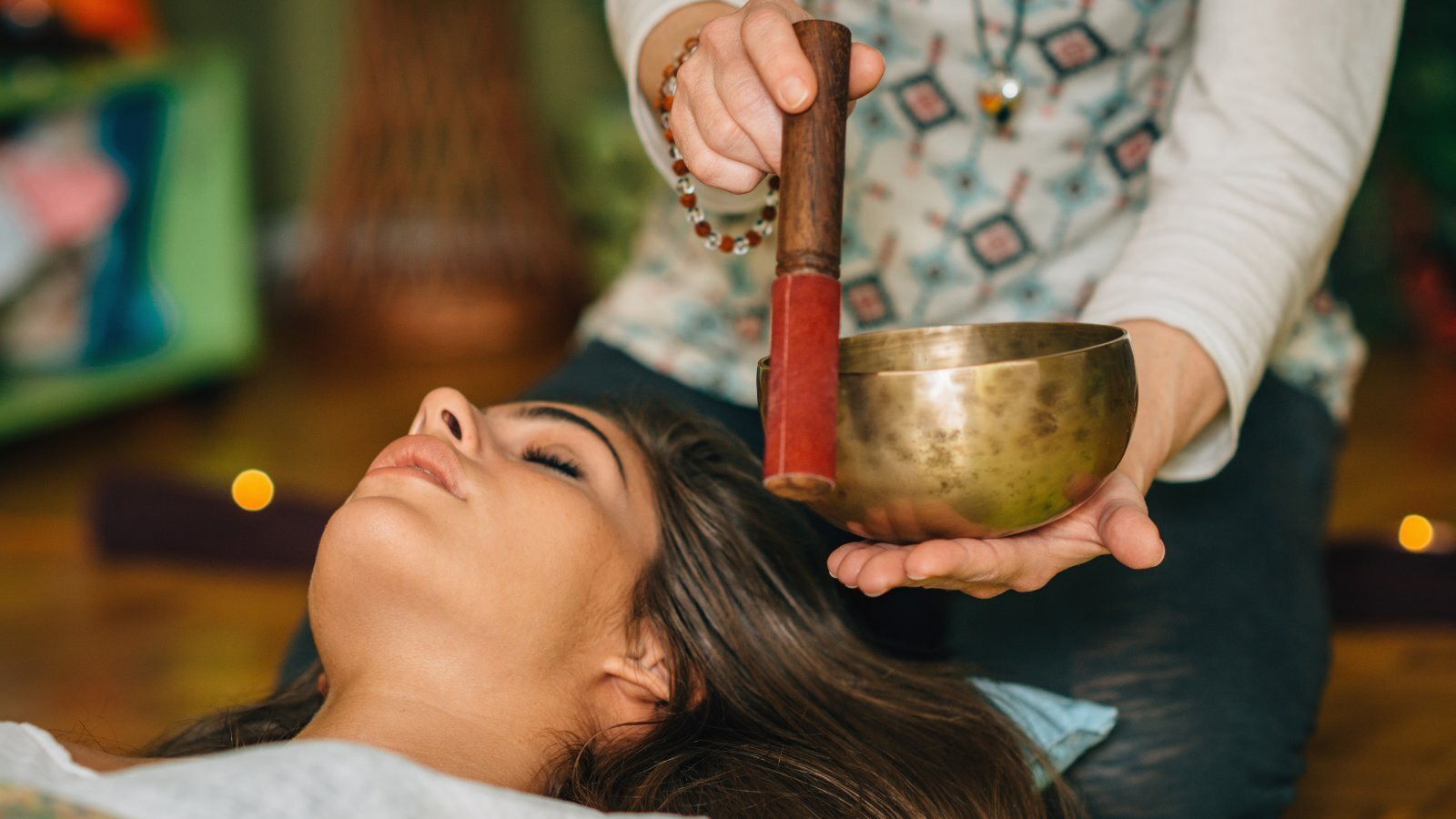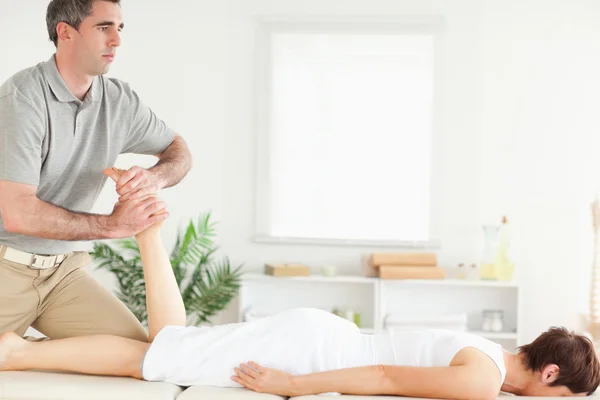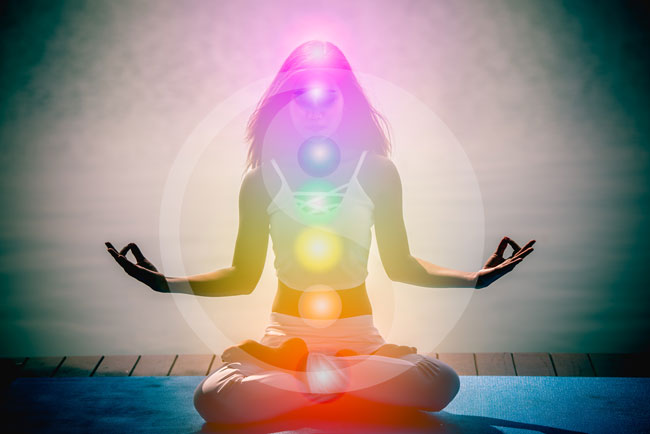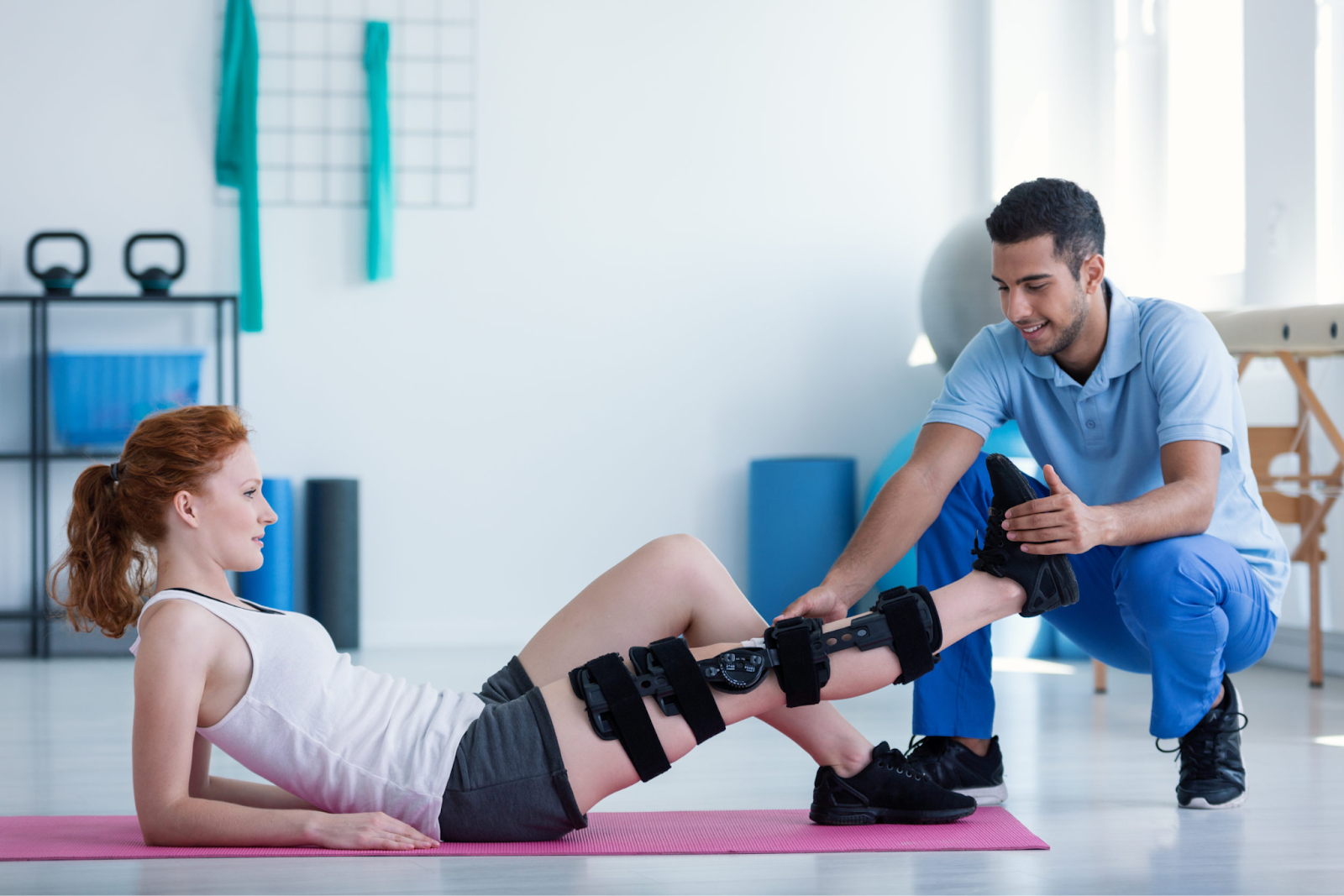Discover Your Perfect Healer Today!
Our online practitioner directory connects you with a wide range of healers to suit your unique needs.
Easily search and find the right professional to support your wellness journey.
Start exploring today to find your perfect match.
Modality
Disease
Books
Products
Events
Training
Blogs
Chiropractor
Chiropractic Costs: Understanding Financial Investment & Value
Chiropractic treatment is one of the prime ways to deal with back pain and other issues of musculoskeletal disorders; however, one needs to be prepared ...
Read More → Written by
James Williams
Sound Healing
Uncovering the Truth: Does Sound Therapy Really Work?
Has it ever crossed your mind whether calm melodies or nature’s sounds are truly capable of healing your body and mind? Because of this question, ...
Read More → Written by
Michael Johnson
Modality
Blogs Aromatherapy Principles and Methods of Aromatherapy: A Complete Guide Aromatherapy is using essential oils in a therapeutic manner with a few known principles and ...
Read More → Written by
Web Master
Naprapathy
A Detailed Overview: The History and Development of Naprapathy
Naprapathy is an art of manual therapy aimed at alleviating pain within the musculoskeletal system. Its history comes forth with modern science together with ancient ...
Read More → Written by
Michael Johnson
Reiki Healers
The Truth About Reiki: Are There Risks to Consider
Reiki is a popular worldwide form of energy healing that originated in Japan because it is believed to be able to provide relaxation and restore ...
Read More → Written by
John Smith
Physical Therapy
Physical Therapy Explained: A Thorough Exploration
Physical therapy (PT) is a key component in the healthcare industry that focuses on improving the physical function and mobility of patients while taking care ...
Read More → Written by
David Brown

